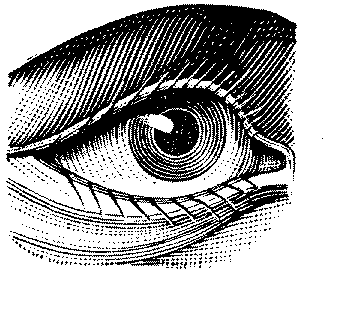Kristi Siegel
Mount Mary College
siegelkr@mtmary.edu
Persona-Paraphrase
One way to learn how to create different kinds of sentences is by studying what sentence models other writers have created. When you try to model your own writing after another person (a persona) that method is called "persona-paraphrase." Consider this sentence by Henry Adams (from his autobiography The Education of Henry Adams). This is the first sentence in his book:
"Under the shadow of Boston State House, turning its back on the house of John Hancock, the little passage called Hancock Avenue runs, or ran, from Beacon Street, skirting the State House grounds, to Mount Vernon Street, on the summit of Beacon Hill; and there, in the third house below Mount Vernon Place, February 16, 1838, a child was born, and christened later by his uncle, the minister of the First Church after the tenets of Boston Unitarianism, as Henry Brooks Adams."
Believe or not, Adams' sentence is grammatically correct. The kernel sentence is quite simple: a child was born and christened. What is gained by swamping that small kernel sentence (and that small baby) with so many clauses and phrases? Consider this sentence closely; we'll be analyzing how its style contributes to its meaning.
Persona-paraphrase models:
From Joan Didion:
"Paralyzed by the neurotic lassitude engendered by meeting one's past at every turn, around every corner, inside every cupboard, I go aimlessly from room to room."
From George Orwell:
"But if thought corrupts language, language can also corrupt thought."
Sample paraphrase (using Orwell)--
But if indifference creates cruelty; cruelty can also create indifference.
Create your own sentence by using one of the two models above, or by selecting a sentence from the essays in the text. Make sure you include the sentence from the text, your original sentence, and your sentence (after you've revised it according to the selected model).
